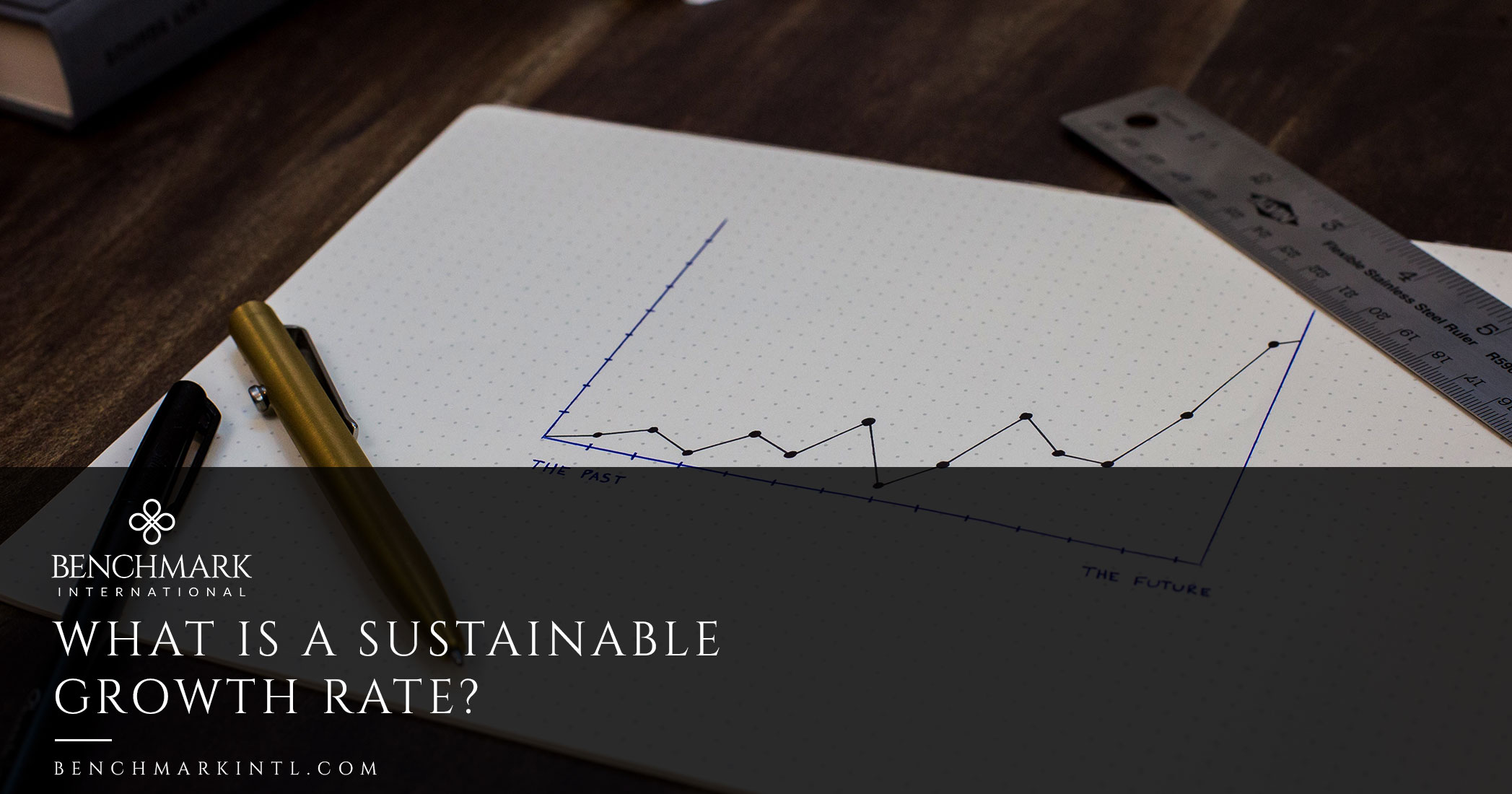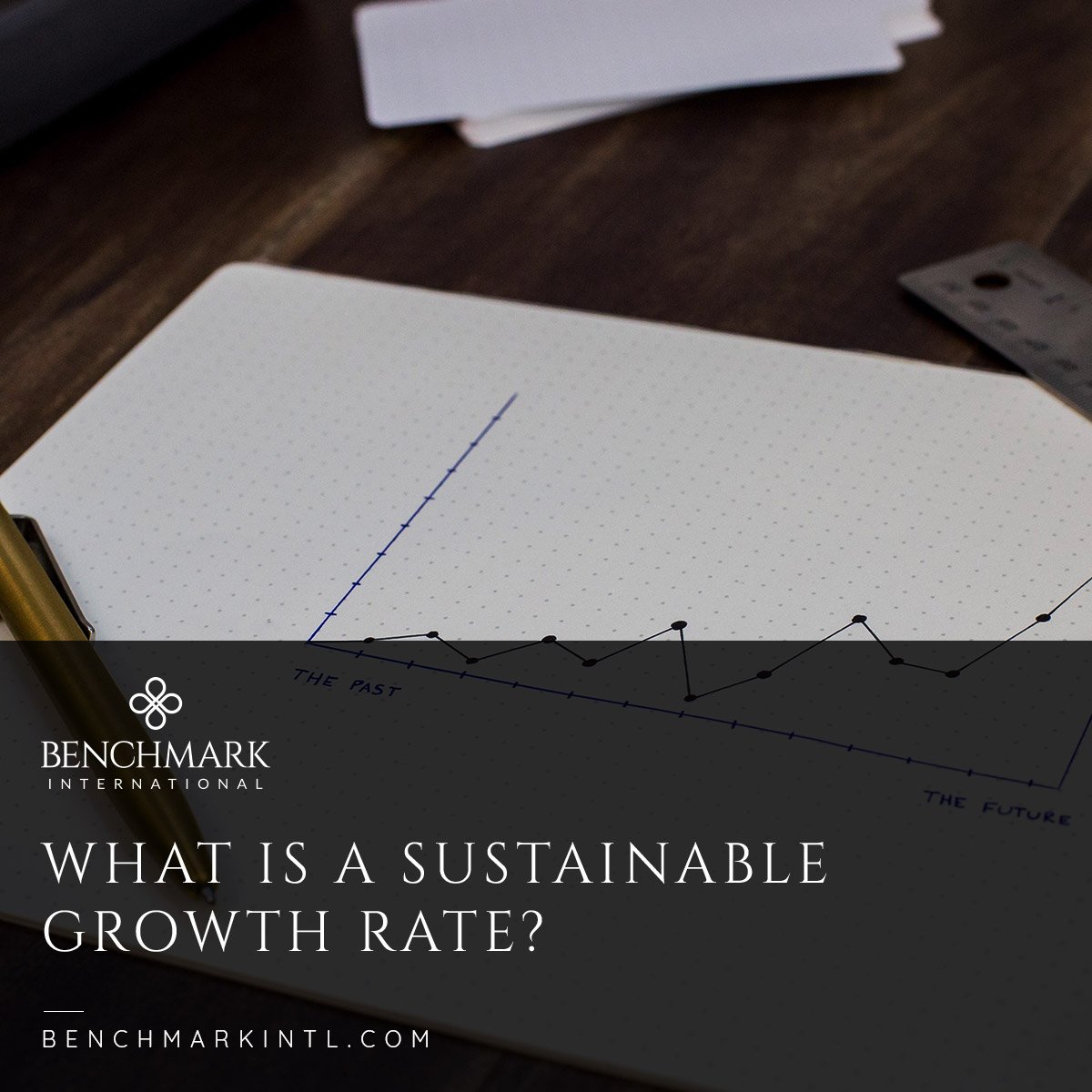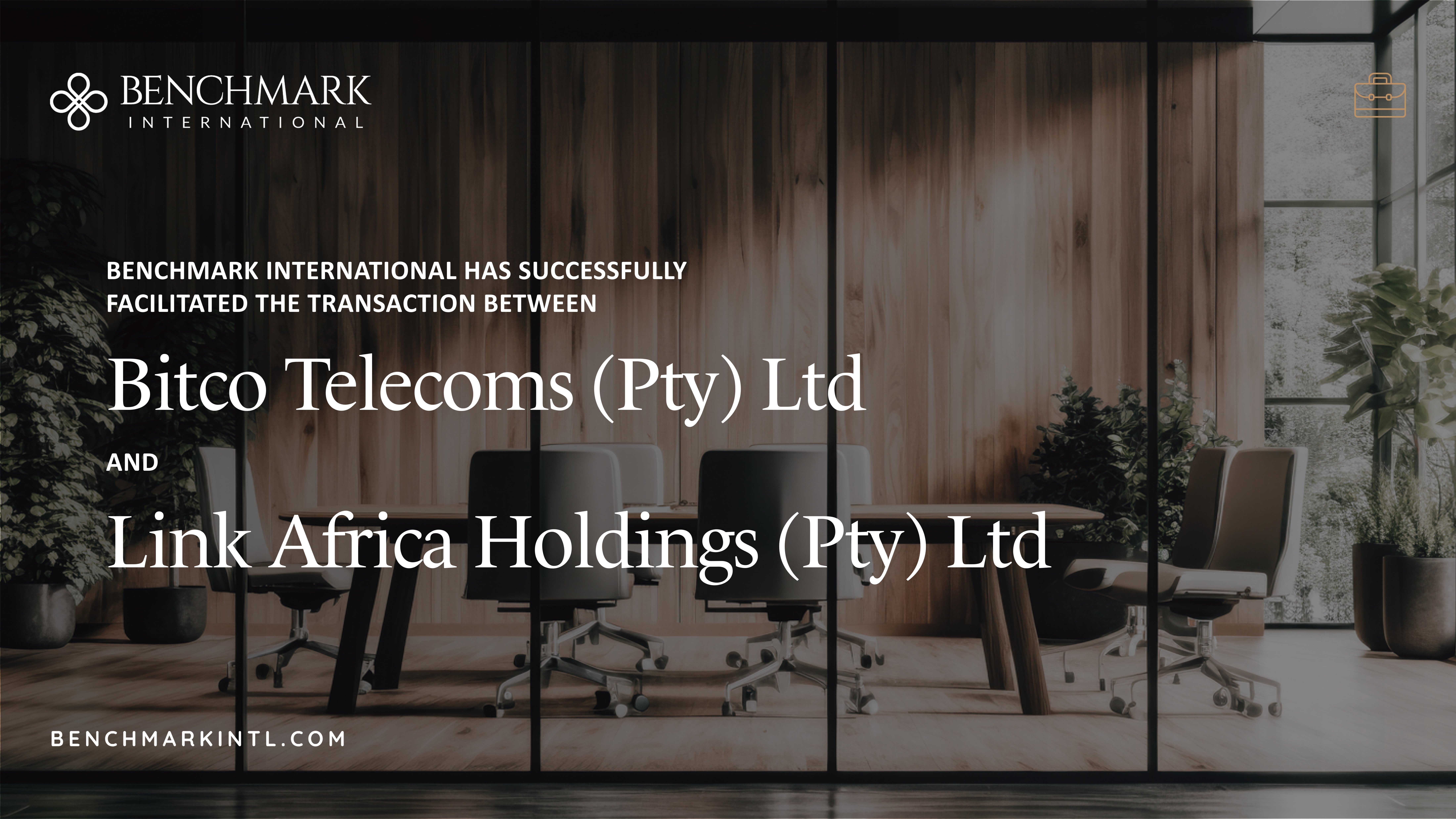
As a business owner, it is important to have a solid understanding of what a sustainable growth rate (SGR) is, and why it matters to the valuation of your company.
What is SGR?
A sustainable growth rate is the highest rate of revenue growth that a business can keep going without having to assume more debt or be more financially leveraged. SGR can show at what point a business has reached as far as maturation, which is critical for strategic and competitive business planning moving forward. In mathematical terms, SGR is the value that the company can generate with the amount of money that it retains. A very high growth rate can be a sign that a company is growing quickly. Reaching a high SGR can help a company avoid becoming overextended, which means it can avoid financial burden. Additionally, creditors use the sustainable growth rate to determine whether a business could default on its loans. While a high SGR can be a good thing, it can also mean that a company is investing heavily in research and development, which can slow any repayment of debt.
How Do You Calculate SGR?
The SGR formula is frequently used when valuating companies using valuation models such as the dividend discount model (DDM) or the discounted cash flow (DCF) model. You can arrive at an SGR after doing three calculations:
1. Retention Ratio
This is the number of earnings the business retains after paying out dividends. It is calculated using the formula:
One minus (-) dividends paid divided by (÷) net income.
2. Return on equity (ROE)
Net income divided by (÷) shareholders' equity.
3. Sustainable Growth Rate (SGR)
Retention ratio multiplied (x) by ROE.
By calculating an SGR, you can understand the rate at which your business can grow safely using its existing resources and revenue, and without taking on more debt for growth.
An SGR is not the same as an internal growth rate (IGR). An SGR is how much a business can grow using debt financing and the same capital structure. An internal growth rate is how much a business can grow with ZERO external financing and only by reinvesting its earnings.
Is it Difficult to Maintain an SGR?
Because of various mitigating factors, it is not necessarily easy to maintain a high SGR in the long term. You have to contend with new competitors, economic impacts, changing consumer trends, as well as the need to conduct research and development to keep up with all these factors. Having to compete for customers can sometimes force you to lower your prices, and that slows growth. And while investing in research and development can eventually (and ideally) result in market share growth, the effort inhibits the SGR. Companies that maintain high SGRs are usually successful at maximizing sales efforts to focus on high-margin products, while also effectively managing inventory and accounts payable and receivable. Companies that do not attain high SGR are in danger of falling flat and not doing enough to sustain a profitable business.
We just mentioned how inventory management is key to sustaining a high SGR. This is because management must understand how much ongoing inventory is needed in order to match the company's degree of sales.
Maintaining a high SGR also means that it is important to properly manage accounts receivable to understand cash flow and profit margins. Accounts receivable shows all the money that is owed to the company. When it takes a long time to collect that money, it means cash flow is low and the ability to pay for business operations is suboptimal. And that usually means that the business needs to assume more debt in order to keep the day-to-day operations up and running.
What Else You Should Know About SGR
It is important to understand how growth can be a result of increased volume and inflation. An increase in inflation means that assets should be financed as if it were true growth. This is because inflation raises the amount of outside financing required, and raises the debt/equity ratio when calculated on a historical cost basis. If creditors require that a company's historical debt/equity ratio remain constant, inflation lowers the company's SGR.
It is possible for a business to see growth more quickly than it was prepared to fund. This is why you should be prepared to devise a financial strategy to raise capital to support rapid growth if it happens to your company. You can optimize your use of revenue by issuing equity, assuming debt, lowering dividend payouts, or raising profit margins.
Sometimes business owners mix up growth strategy with growth capability, but they are not the same thing. You absolutely need to plan for the long term. While you may be able to attain high growth quickly, it is unlikely that you will be able to sustain it.
There is no "one number" or even a range that means an SGR is good or bad. Still, a common way to figure out if an SGR is positive is to compare it to its home country's GDP growth rate. If the SGR is higher than the GDP growth rate, it means the company is outperforming the economy, which is a good thing.
How Does SGR Affect Valuations?
Your SGR can be a significant factor in the valuation of your company because it indicates several important things about the business's health and working capital, especially if your company is in the lower middle market. It can identify whether the business is being properly managed regarding day-to-day operations, whether the bills are being paid on time, and if accounts payable is being managed effectively to keep cash flow running smoothly. Basically, the higher the company's SGR, the greater its potential upside.
Americas: Sam Smoot at +1 (813) 898 2350 / Smoot@BenchmarkIntI.com
Europe: Michael Lawrie at +44 (0) 161 359 4400 / Lawrie@BenchmarkIntl.com
Africa: Anthony McCardle at +27 21 300 2055 / McCardle@BenchmarkIntl.com
ABOUT BENCHMARK INTERNATIONAL:
Benchmark International’s global offices provide business owners in the middle market and lower middle market with creative, value-maximizing solutions for growing and exiting their businesses. To date, Benchmark International has handled engagements in excess of $8.25B across various industries worldwide. With decades of global M&A experience, Benchmark International’s deal teams, working from 14 offices across the world, have assisted thousands of owners with achieving their personal objectives and ensuring the continued growth of their businesses.
Website: http://www.benchmarkintl.com
Blog: http://blog.benchmarkcorporate.com

 Benchmark International
Benchmark International  Benchmark International
Benchmark International 





